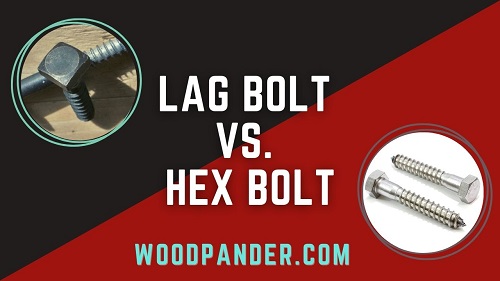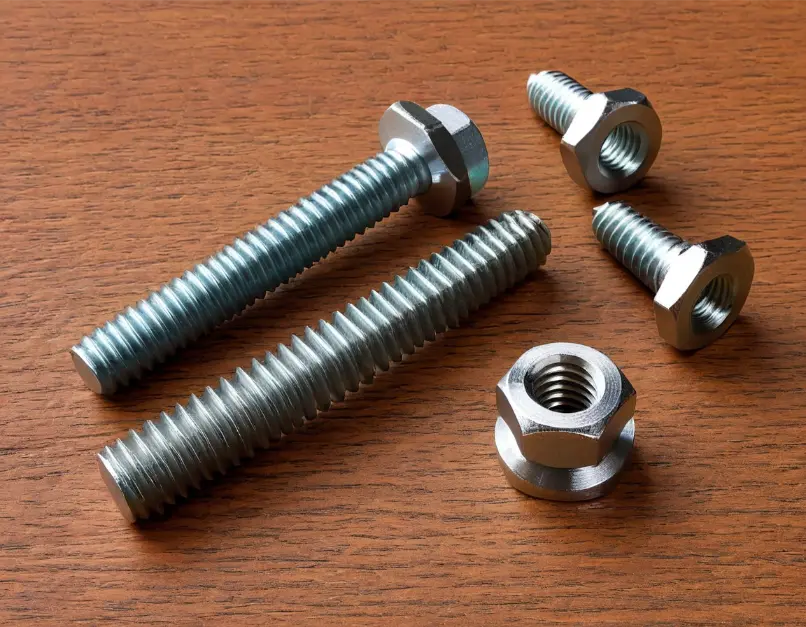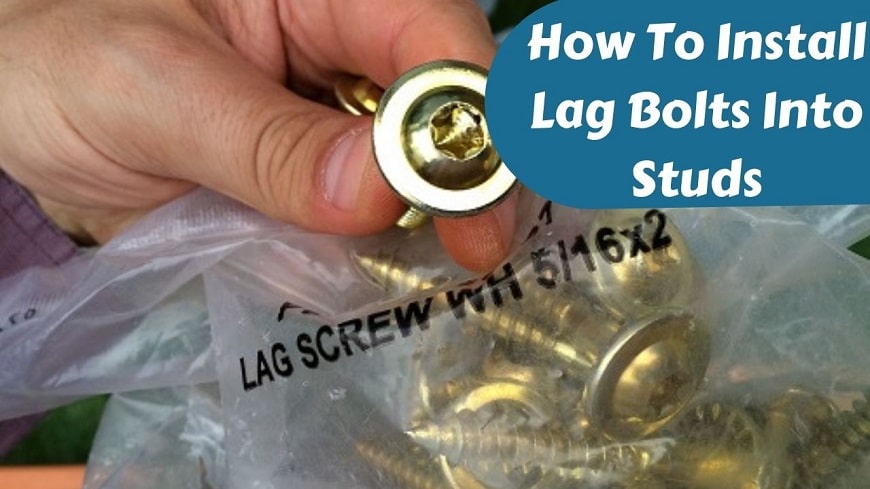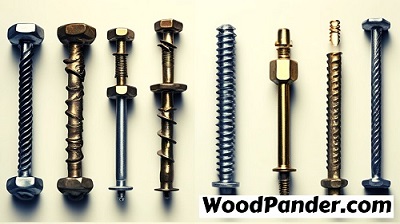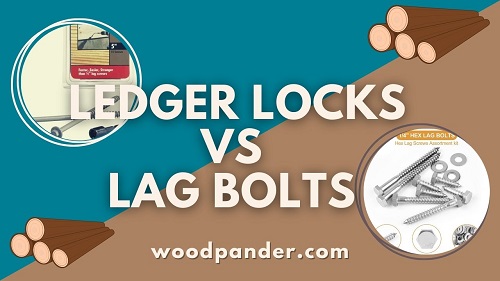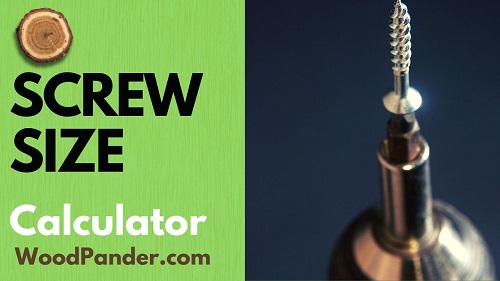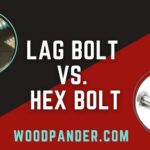Fasteners play a crucial role in various construction and woodworking projects, ensuring the stability and integrity of structures. When it comes to securing heavy loads and providing structural support, two popular options are structural screws and lag bolts.
In this article, we will explore the differences between these two fasteners, their unique characteristics, and how to choose the right one for your specific needs.
Structural Screw vs. Lag Bolt
| Structural Screws | Lag Bolts | |
|---|---|---|
| Material | Hardened steel | Steel |
| Head Type | Various options (hex, flat, etc.) | Hexagonal |
| Thread Type | Coarse thread | Coarse thread |
| Self-Drilling | Yes | No (Pre-drilling required) |
| Load-Bearing Capacity | High | High |
| Installation | Fast and convenient | Requires pre-drilling for accurate alignment |
| Versatility | Suitable for wood, composite, and some metals | Primarily used with wood |
| Corrosion Resistance | Available in galvanized or stainless steel | Various coatings available for outdoor use |
| Cost | Generally more expensive than lag bolts | Generally less expensive than structural screws |
| Availability | Widely available | Widely available |
One of our articles –Lag Bolt vs. Hex Bolt.
Understanding Structural Screws
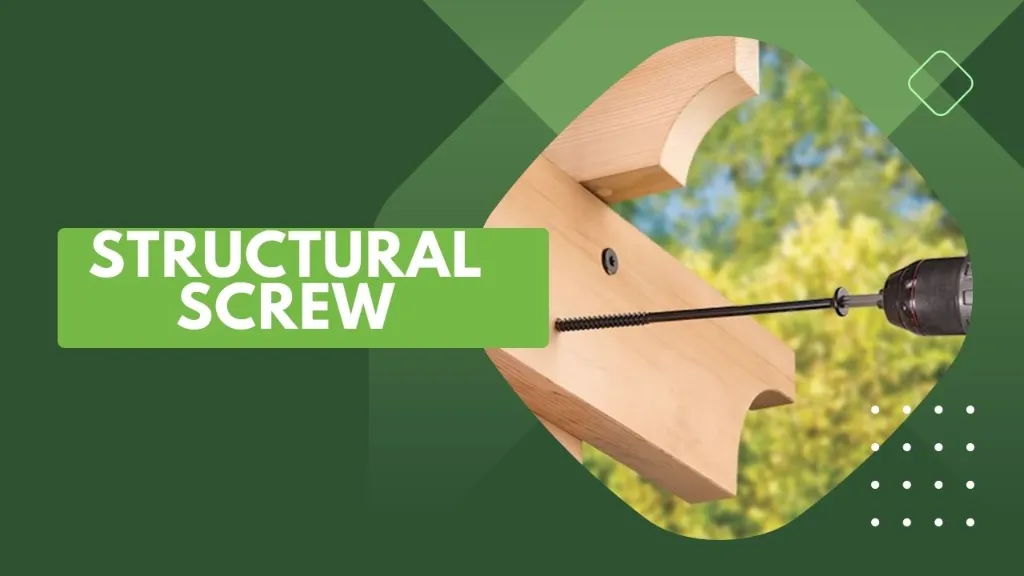
What are Structural Screws?
Structural screws are heavy-duty fasteners specifically designed for load-bearing applications. They are typically made of high-quality steel and feature a threaded shaft with a sharp point for easy insertion. Unlike traditional screws, structural screws often have a larger diameter and higher thread count, providing superior holding power.
Benefits of Structural Screws
Structural screws offer several advantages, making them a preferred choice in many construction projects. Here are some key benefits:
- High Load Capacity: Structural screws are engineered to withstand heavy loads and provide excellent pull-out strength, making them ideal for demanding applications.
- Ease of Installation: With their self-drilling and self-tapping design, structural screws are easy to install, reducing the time and effort required for fastening.
- Versatility: These screws can be used in various materials, including wood, metal, and composites, making them suitable for a wide range of projects.
- Reduced Risk of Splitting: Structural screws have a low risk of splitting wood due to their unique thread design and self-drilling capabilities.
- Corrosion Resistance: Many structural screws are coated with protective finishes, such as zinc or epoxy, providing enhanced resistance to corrosion and ensuring long-term durability.
One of our articles –Ledger Locks Vs. Lag Bolts.
Understanding Lag Bolts
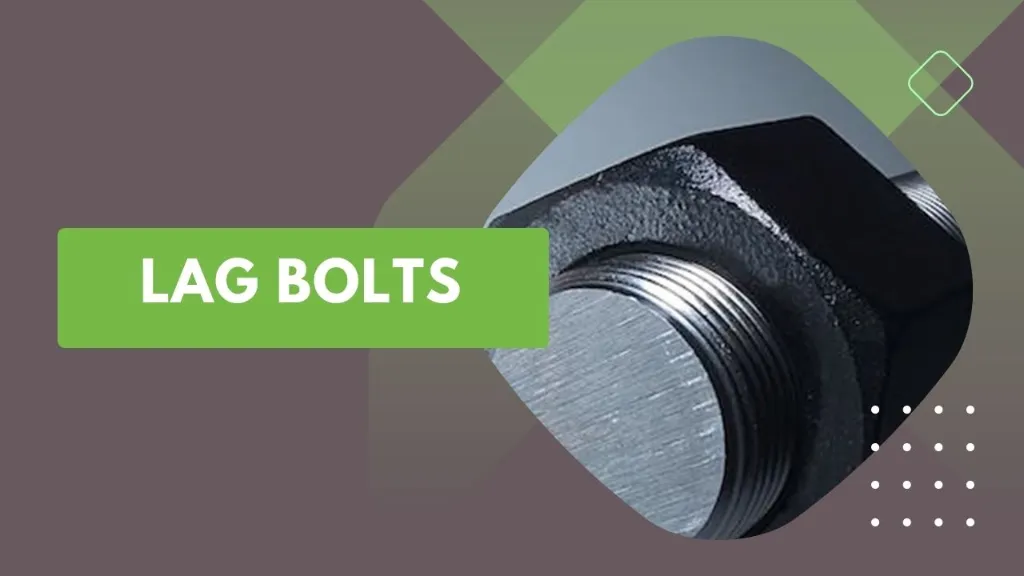
What are Lag Bolts?
Lag bolts, also known as lag screws, are heavy-duty fasteners with a hexagonal head and a threaded shaft. They are typically larger and thicker than standard screws, offering robust holding power and structural stability. Lag bolts are commonly used in construction, woodworking, and other applications where strength and durability are essential.
Benefits of Lag Bolts
Lag bolts possess several advantageous qualities that make them suitable for various projects. Here are some key benefits:
- Exceptional Strength: Lag bolts are known for their exceptional strength and load-bearing capacity, making them ideal for securing heavy materials and structures.
- Secure Fastening: With their coarse threads and deep penetration, lag bolts provide a secure and reliable fastening method.
- Wide Range of Sizes: Lag bolts are available in a variety of lengths and diameters, offering versatility to accommodate different applications.
- Durability: Made of strong materials such as stainless steel or galvanized steel, lag bolts are highly resistant to corrosion and can withstand harsh environmental conditions.
- Cost-Effective: Lag bolts are generally more cost-effective compared to other heavy-duty fasteners, making them a popular choice for budget-conscious projects.
Comparison between Structural Screws and Lag Bolts
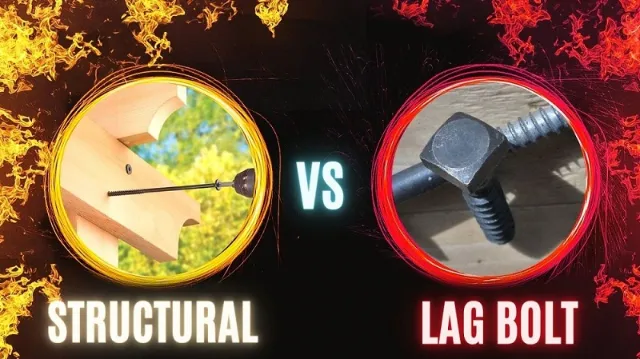
When choosing between structural screws and lag bolts,
several factors need to be considered. Let’s delve deeper into the comparison between these two fasteners:
Strength and Load Capacity
Structural screws and lag bolts both offer impressive strength and load-bearing capabilities. However, there are some differences to note. Structural screws, with their larger diameter and high thread count, provide excellent pull-out strength and can withstand substantial loads. They are designed specifically for structural applications, ensuring reliable performance in demanding scenarios.
On the other hand, lag bolts are renowned for their exceptional strength. The coarse threads of lag bolts and their ability to penetrate deeply into the material make them suitable for heavy-duty applications. Lag bolts are commonly used in constructing decks, timber framing, and other projects where substantial loads need to be supported.
Installation and Ease of Use
In terms of installation, structural screws offer convenience and efficiency. Many structural screws feature a self-drilling and self-tapping design, allowing for easy insertion into various materials. They eliminate the need for pre-drilling, saving time and effort during the installation process. Structural screws also come with different drive types, such as Phillips, Torx, or square, providing options for compatibility with different tools.
Lag bolts, on the other hand, typically require pre-drilling before installation. The pilot hole should be slightly smaller than the bolt’s diameter to ensure a secure fit. While pre-drilling adds an extra step to the installation process, it also helps prevent splitting in wood and ensures accurate placement of the bolts. Additionally, lag bolts require a wrench or socket set to tighten them properly.
Flexibility and Versatility
Both structural screws and lag bolts offer versatility in their applications. Structural screws can be used in various materials, including wood, metal, and composites. They are suitable for a wide range of projects, such as constructing decks, framing, and installing heavy-duty hardware. Structural screws can also be easily removed and reused if necessary.
Lag bolts, too, are versatile and find application in multiple scenarios. They are commonly used in woodworking, timber framing, and securing heavy equipment. Lag bolts are ideal for projects that require strong, reliable fastening, such as attaching beams or posts. However, they may not be as suitable for metal or composite materials compared to structural screws.
Longevity and Durability
Durability is a crucial aspect when considering fasteners for construction projects. Structural screws often come with protective coatings, such as zinc or epoxy, which enhance their resistance to corrosion. These coatings help ensure the longevity of the fasteners, even in outdoor or high-moisture environments. Additionally, the design of structural screws reduces the risk of splitting wood, contributing to their durability.
Lag bolts are typically made of strong materials such as stainless steel or galvanized steel, offering excellent resistance to corrosion. These materials provide durability and ensure the longevity of the bolts, even in harsh conditions. Properly installed lag bolts can remain secure and reliable for an extended period.
Cost Considerations
Cost is an essential factor to consider when selecting fasteners for a project. Structural screws, with their specialized design and coatings, can be slightly more expensive compared to lag bolts. However, their ease of installation and versatility may offset the price difference. It is crucial to evaluate the specific requirements of the project and consider the long-term benefits offered by each fastener.
Lag bolts, on the other hand, are generally more cost-effective than structural screws. They are widely available and come in various sizes, allowing for flexibility within a budget. Lag bolts provide robust performance at a reasonable cost, making them an attractive option for projects where budget considerations are paramount.
Environmental Impact
In recent years, there has been a growing emphasis on sustainable construction practices and the environmental impact of building materials and techniques. Both structural screws and lag bolts have their advantages and considerations in terms of environmental impact. Structural screws, especially those made from stainless steel or coated with eco-friendly finishes, are often considered more environmentally friendly due to their durability and resistance to corrosion, which reduces the need for frequent replacements. Lag bolts, on the other hand, can be recycled and reused in certain cases, making them a potentially sustainable option.
Choosing the Right Fastener
When deciding between structural screws and lag bolts, it is important to assess the specific requirements of your project. Consider the following factors to guide your decision:
- Application: Determine the nature of your project and the type of materials you are working with. Structural screws are versatile and suitable for a wide range of applications, including wood, metal, and composites. Lag bolts excel in heavy-duty tasks, especially in woodworking and timber framing projects.
- Load Capacity: Assess the expected load and stress your fasteners will need to bear. If you require exceptional load-bearing capabilities, lag bolts may be the preferred choice due to their strength and deep penetration. Structural screws offer excellent pull-out strength and are suitable for demanding load-bearing applications as well.
- Installation: Consider the ease of installation and the tools required. Structural screws generally offer easier installation with their self-drilling and self-tapping features, eliminating the need for pre-drilling. Lag bolts require pre-drilling and tightening with a wrench or socket set, adding an extra step to the installation process.
- Durability: Evaluate the environmental conditions and exposure your fasteners will face. Both structural screws and lag bolts are designed to withstand corrosion, but the choice of materials and protective coatings may vary. Ensure the selected fasteners can withstand the intended conditions and provide long-term durability.
- Budget: Consider the cost implications of the fasteners. Structural screws may have a higher upfront cost due to their specialized design and coatings. Lag bolts, being more cost-effective, can provide an economical solution without compromising on strength and reliability.
By carefully considering these factors, you can choose the fastener that best suits your project’s requirements, providing optimal strength, ease of installation, durability, and cost-effectiveness.
Related Questions
Can structural screws be used in outdoor applications?
Yes, many structural screws come with protective coatings that enhance their resistance to corrosion, making them suitable for outdoor use.
Are lag bolts stronger than structural screws?
Lag bolts are known for their exceptional strength and load-bearing capacity. However, structural screws also offer impressive strength and are specifically engineered for demanding applications.
Can lag bolts be used in metal structures?
Lag bolts are primarily designed for wood applications but can be used in metal structures if proper considerations are taken, such as selecting the appropriate length, diameter, and materials.
Can I reuse structural screws or lag bolts?
Structural screws are often designed for easy removal and reuse. Lag bolts can also be removed and reused, provided they are in good condition and properly tightened.
Do I need to pre-drill for structural screws?
In most cases, structural screws do not require pre-drilling due to their self-drilling and self-tapping features. However, it is recommended to refer to the manufacturer’s guidelines for specific applications and materials.
Conclusion
When it comes to selecting between structural screws and lag bolts, understanding their unique characteristics is vital. Structural screws offer excellent load-bearing capacity, ease of installation, versatility, and durability.
Lag bolts, on the other hand, provide exceptional strength, secure fastening, and cost-effectiveness. By evaluating factors such as strength requirements, ease of installation, material compatibility, durability, and budget, you can make an informed decision that ensures the success and longevity of your project.

